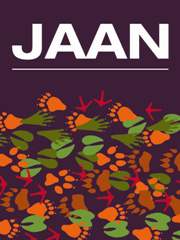No CrossRef data available.
Article contents
Survey of current Swiss pig feeding practices and potential for ammonia emission reduction
Published online by Cambridge University Press: 17 April 2014
Summary
Controlling potentially harmful and polluting emissions from farms is important in the developed world, where legislation exists in many countries limiting emissions such as ammonia and controlling how manure is disposed of from intensive farming operations. In Switzerland, there are legal agreements concerning controls of ammonia emissions, most especially from farms. Ammonia production from pig farms can be controlled by dietary intervention, such as reducing protein levels, which in turn reduces excretion, mainly via urine. The following paper surveys current practices for nitrogen use on Swiss pig farms, and how feeding strategies may assist in controlling ammonia production from pig production systems. The survey found that 70-75% of all feeds used for pigs of all categories were reduced in protein and nitrogen, with 90% being reduced in protein in high animal density areas. Regression analysis showed that CP levels explained up to 49% of the nitrogen efficiency, suggesting that other factors are important in pollution control. Although piglet diets are more tightly regulated in terms of controlling N input, excessive protein levels in so-called reduced protein diets for finisher pigs and dry sows are common in the market. Hence, there is considerable potential to reduce N-input and ammonia emissions from Swiss pig production, which could be implemented at no or minimal extra cost.
- Type
- Original Research
- Information
- Copyright
- Copyright © Cambridge University Press and Journal of Applied Animal Nutrition Ltd. 2014


